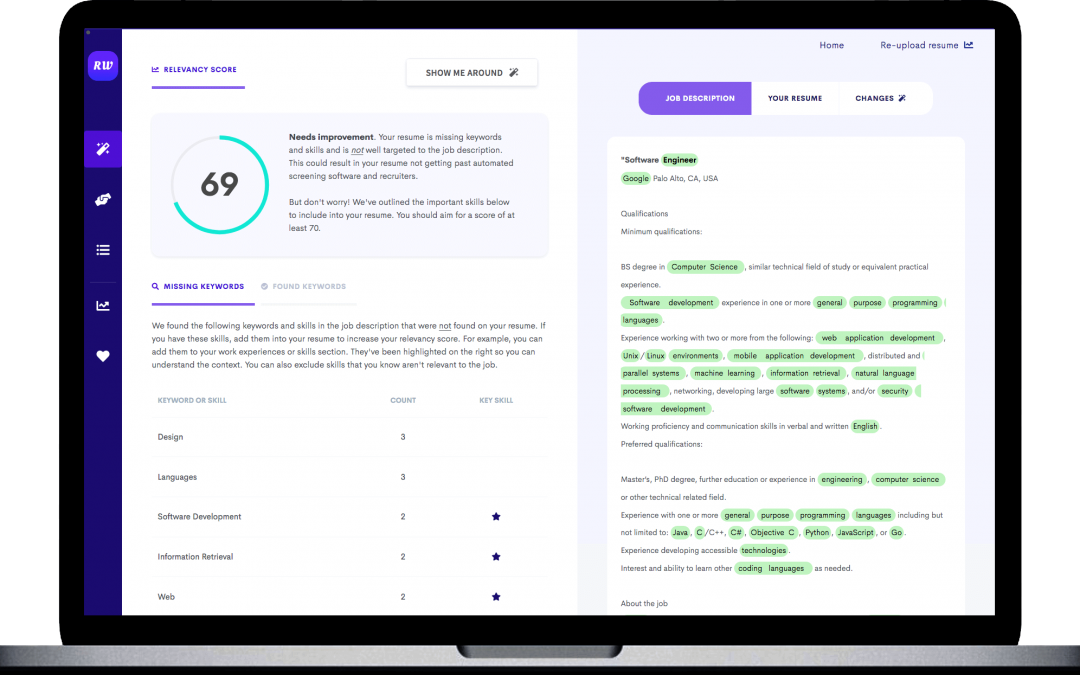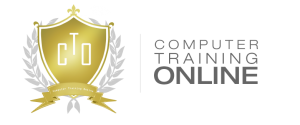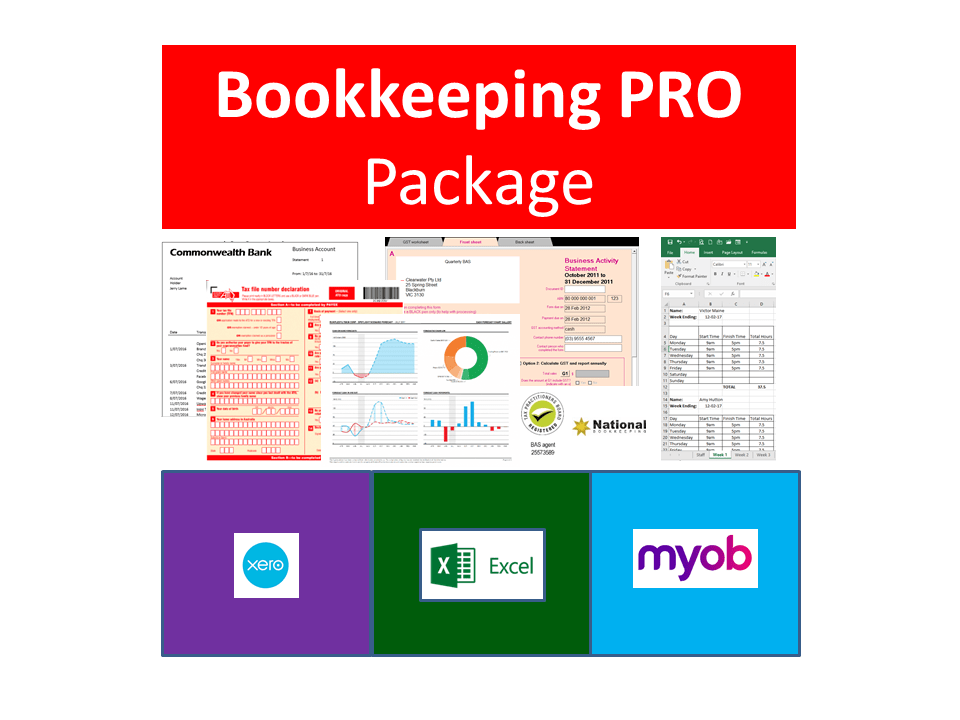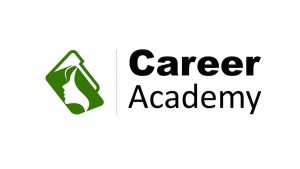Cover letters introduce you to the employer and lay out how the experience and skills in your resume make you a great match for the job they have advertised.
So, what do employers think about cover letters? What makes a good impression, and what are the potential pitfalls that could make your application less appealing?
It’s important to consider that the audience who reads your cover letter ad resume consists of the hiring manager AND their applicant tracking system.
How do I write an effective cover letter?
Keep it brief, professional, and concise – four to five short paragraphs. It’s a taster of who you are, your potential fit for the position and inspire a review your resume to learn more about you
Explain why you’re the right fit for the job in the opening sentence. Include your most relevant qualifications and your objective, then focus on introducing yourself. Include things like how you found out about the role, why you’re applying for it, and your understanding of the position and the company.
Your cover letter must be searchable.
Companies use applicant tracking systems (ATS) with a searchable database of job applicants. Hiring managers cull their pool of applicants by searching the database for specific skills and keywords. In fact the software performs much of the filtering just like a search engine bring the most relevant website to the top of the page.
Appropriate keywords are essential in surviving the first round of cuts before the cover letter is ever seen by a person. There are many stages in the process and it can be very time consuming so companies rely on the resume scanning features of their ATS.
What should I include in my resume
A resume must be comprehensive. Contact information, work experience and education are of course essential.
You should add sections for career summary, skills, volunteer work, and additional qualifications if they’re relevant to the advertised position.
Micro credentials from short courses in programs like MYOB and Xero are good indicators that you’re an active learner and willing to make the effort to upskill yourself for the jobs you apply for.
Your resume is meant to quickly highlight the reasons you’re a great fit for the job. Avoid detailing every duty you’ve performed. Instead study the job listing and provide impactful accomplishments for each requirement listed.
Proofread and double-check what you’ve written
Get a ATS resume scan to evaluate whether your resume is ATS compliant. In addition, it also gives you detailed feedback on key criteria recruiters and hiring managers look for.
- Your section titles should be professional: Professional experience and Formal Education – don’t be too casual and with headings like “My career in a nutshell”.
- Stick to a standard font like Garamond, Arial, Calibri etc.
- Single-column layouts are much easier to read by most ATS so try to keep it simple and use tabs and right/left aligns rather than tables to structure your resume.
- Don’t use pictures or diagrams and make sure your resume’s text can be highlightable and readable.
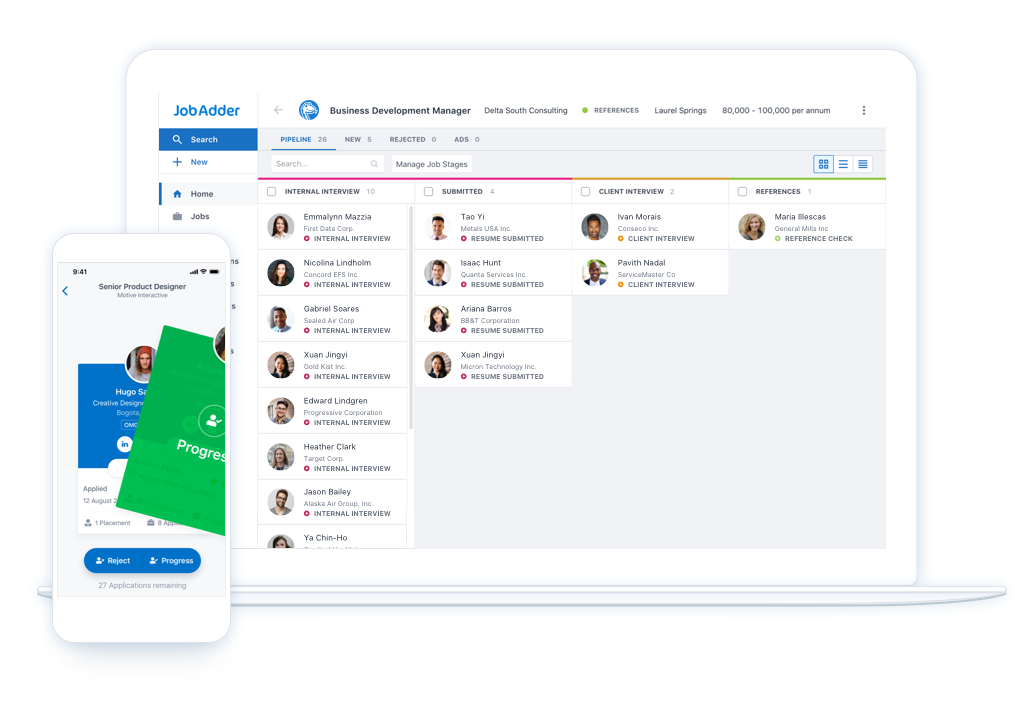
Applicant tracking systems seek out your most recent work experience and assume your resume is in reverse chronological order.
Tools to help you discover and apply for the job most suited to you are in our Career Academy Career Success program.

